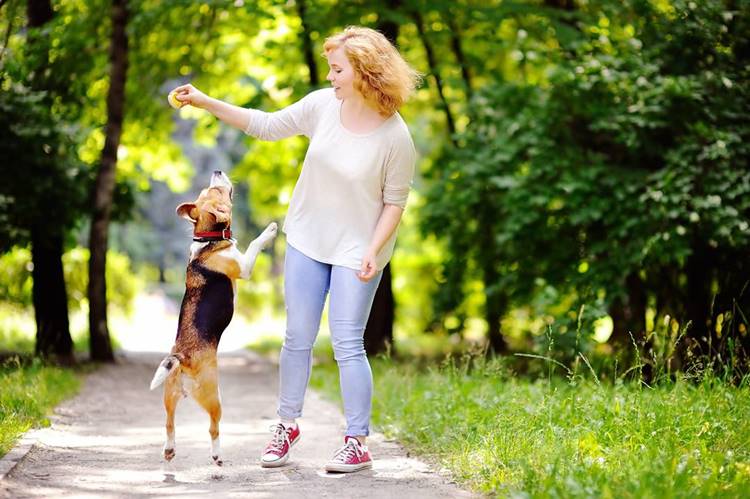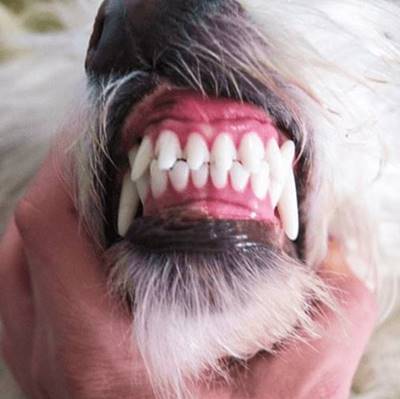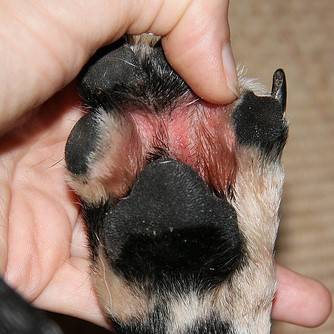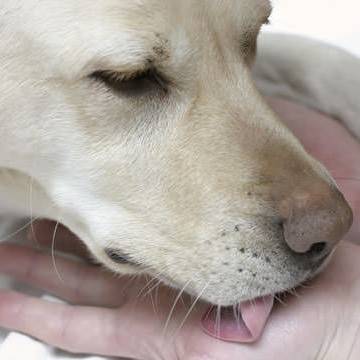9 Hand Signs You Should Teach Your Dog
by dogtoyadvisor | Last updated on November 18, 2020
We only review products we tested ourselves. We have affiliate partnerships, so we get a share of the revenue from your purchase.

How do you communicate with your dog? Do you simply talk to him and explain things? Do you use commands?
Or maybe you just combine a little bit of everything to make sure he doesn’t miss a bit.
There are lots of ways to make your dog understand what you’re saying to him and, depending on the dog, you may need to adapt your training.
For example, in our home, we communicate with Dobby mostly with talking and hand signs and it’s remarkable to realize how many words and tones of voices he understands.
Tommy, on the other hand, responds better to commands, because if we do a lot of talking, odds are he’ll get distracted.
Why Bother Teaching A Dog Hand Signs?
First of all, because it makes you dog’s life so much easier!
Adding a visual cue to a command makes it easier for them to understand what you mean.
Not only are hand signs a great way to complement a training, they can also be very useful in several occasions.
Like when your dog is too far away to hear the command or the clicker properly.
Or when it’s a noisy place, like a dog park, among other humans giving commands and all the dog barking going on, he probably won’t be able to focus particularly on you.
Hand signs are most useful when you have a deaf dog. Or to prepare your dog for old age, when his hearing won’t be as sharp.
Things To Know About Hand Signs
First things first. If you’re preparing to teach hand signs to your dog, there are a few things you’ll need to know.
First, know that hand signs work better with a word or command associated with it.
Even if your dog is deaf or you have no intention of using verbal commands in the long run, you’ll want to use it at first for both you and your dog’s benefit, as it will make it easier for you to attach the sign to the correct action.
Keep It Simple and Delicious
When picking the command, think words not sentences.
Like when you’re training your dog to stop barking, you’ll need just one word to mark the bark and make it stop. Anything else will just create confusion.
One other thing to keep in mind is positive reinforcement is the way to go.
And, if your dog is anything like ours, positive reinforcement means tasty treats.
Pick low calorie treats and use them often while training your dog to learn the hand signs, we guarantee it will speed up the process.
Phasing Out the Verbal Commands And the Rewards
Once your dog has learned the hand sign, if your intention is to use just the hand signs, without the commands, you’ll want to phase them out.
You’ll do this by not using them as often. Maybe once in every three attempts, then one in ten until you stop altogether.
Same thing with the treats, you can treat your dog every now and then, but you’ll know he’s learned the hand sign when he’s obeying it without the reward afterwards.
You don’t need to phase out praising him, of course, you can and should praise your dog as often as possible.
9 Hand Signs You Should Teach Your Dog
As we’ve mentioned, dog hand signals are often just as easy to teach as verbal commands. Here are 9 useful hand signals to teach your dog.
1 – Open Hand Down
This is the hand sign you’ll use when you want your dog to sit.
Not only does it come very natural when your dog is standing next to you and you want him to sit down, it also has the right movement to make your dog understand what you want.
This is a hand sign we use frequently, like when we’re training our dogs not to run away.
With your dog focusing on you, you need to say the command (most often it’s “sit”) then stretch your open hand towards him and the ground.
He’ll easily get the movement and know what you mean. Reward every time he does it.
2 – Finger Pointing
This is what you do when you want your dog to go somewhere or fetch something. We incorporated it in our dogs crate training when we want them to go to their crates.
Some people also use it for agility training, to show your dog where you want him to go.
Dogs are naturally curious beings, the fact that you’re pointing to something will make them want to go there and investigate.
That you’ll reward him once he does will only make him want to do it over and over.
3 – Thumbs Up
Like for humans, this means approval.
And they’ll get it immediately when it’s followed by a treat.
It’s very good to use then you’ve phased out treats during training, he’ll get the idea.
4 – Finger Pointing Down
You’ll use this when you want your dog to lie down.
Much like the sit signal, it’s pretty self-explanatory, the movement will make your dog get what you want him to do.
5 – Palm Out Hand
Most people (like us) use this for “Stop” but some people will use it for “off”. You’ll definitely need to pick just one or you’ll confuse the dog.
Just stretch your arm toward your dog with your palm forward will, much like it does for humans, convey your message to your dog.
6 – Time Out Sign
This is the sign you’ll do when you want your dog to drop something, leave it alone or just to be quiet.
This is a particularly great sign to incorporate into your training to stop your dog from jumping.
Just get his attention before forming the T with your hands. As soon as he obeys (which he will because he’ll be curious to see what you’re doing), reward.
7 – Hand Out
The High-five sign!
Although some people use it as a “come” or a “bring me your toy” sign as well.
8 – Two Fingers Pointed At Your Eyes
This means of course, “watch me”.
A great sign to use when training your dog to focus his attention on you.
9 – Swiping Finger
This is the sign we use to let our dogs know we want them to leave the place they’re currently at.
Much like we do on our phones when we want to swipe between apps, photos, pages, etc, this gesture speaks for itself.
You just point the finger at the dog and swipe in whichever direction you want the dog to go.
Quick to learn and effective.
Affiliate links / Images from Amazon Product Advertising and iStock
Recommending Reading:









0 Comments